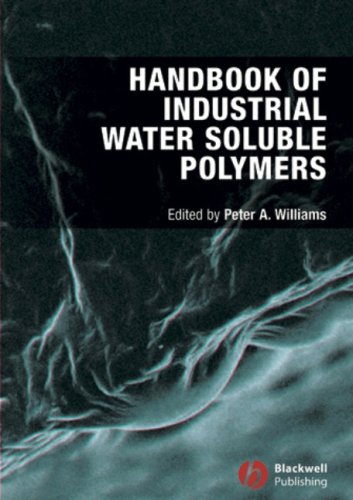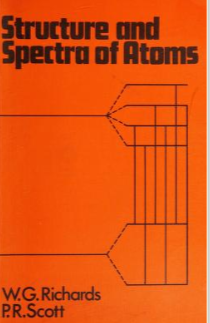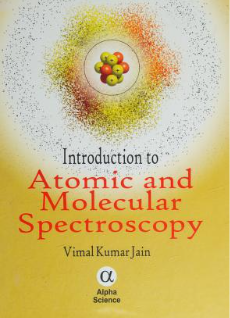دانلود کتاب Handbook of Industrial Water Soluble Polymers - Original PDF
Author:
Peter A. Williams
0 (0)
توضیحات کتاب :
Natural and synthetic water soluble polymers are used in a wide range of familiar industrial and consumer products, including coatings and inks, papers, adhesives, cosmetics and personal care products. They perform a variety of functions without which these products would be significantly more expensive, less effective or both.Written for research, development and formulation chemists, technologists and engineers at graduate level and beyond in the fine and specialty chemicals, polymers, food and pharmaceutical industries, the Handbook of Industrial Water Soluble Polymers deals specifically with the functional properties of both natural and synthetic water soluble polymers. By taking a function based approach, rather than a "polymer specific" approach the book illustrates how polymer structure leads to effect, and shows how different polymer types can be employed to achieve appropriate product properties.
سرچ در وردکت | سرچ در گودریدز | سرچ در اب بوکز | سرچ در آمازون | سرچ در گوگل بوک
1,173 بازدید 0 خرید










